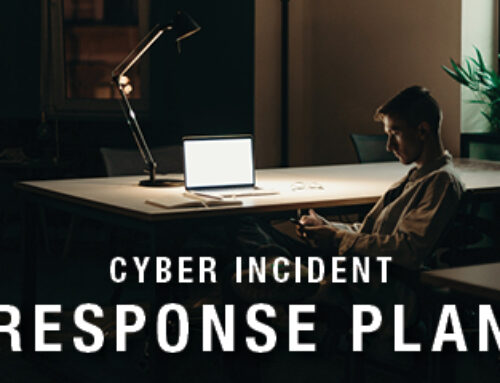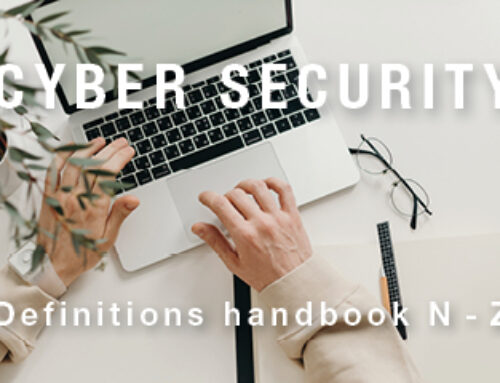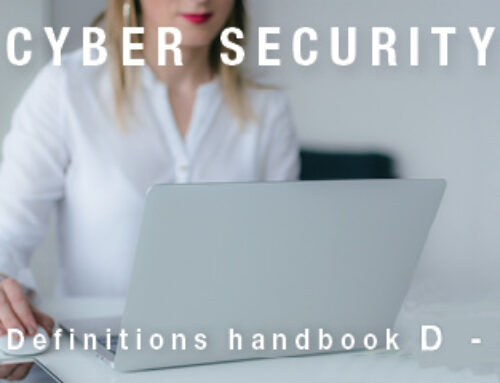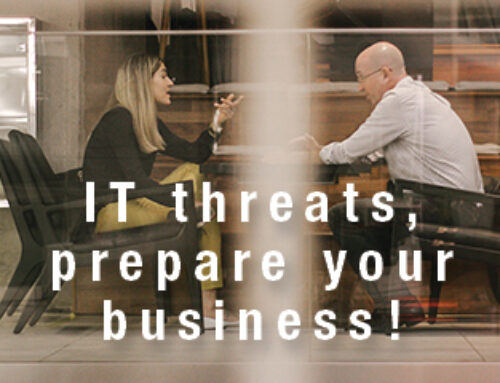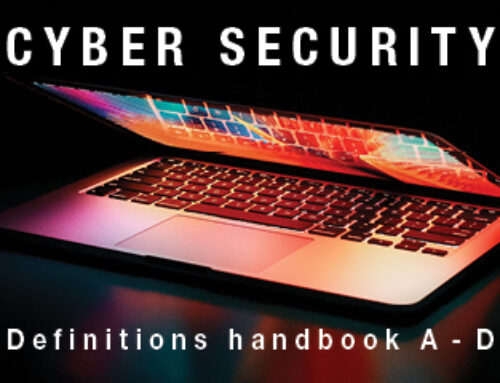Remote access, be sure, be safe.
Want to distribute and allow data flow between privileged users? What about accessing your computer while being physically away from your desktop?
Remote access could be the answer. It allows authorised users to access your computer, network, IT applications or data from any location. The connection allows entry to your network via the internet and has become an integral part of many businesses’ continuity plans and disaster recovery strategies.
A lot of people are reluctant entrusting remote access due to the risk of allowing entry to a person who has malicious intent. We have all received that phone call from somebody impersonating the Microsoft support department. (If you have doubts about any caller, hang up and call back using details from an independent source.) Did you know according to the ACCC, people above the age of 60 are more susceptible to remote access scams.
Here are some warning signs of a scam involving remote access:
- The caller contacts you out of the blue, requesting your assistance to fix your NBN connection or other computer issues.
- The caller insists that you download TeamViewer, Go-To-Meeting or similar remote desktop software so they can access your computer to solve the problem. The caller is forceful and can often start to lose their cool and become argumentative if you do not comply.
- The caller claims that you have been overcharged for a product or service and they want to refund your bank account.
- The caller claims to have mistakenly credited your account with funds that must be repaid immediately.
- The caller demands that your subscription is due to renew and if you want to cancel, you need to provide your details.
Some basic actions to protect yourself from falling victim to a remote scam.
- Never give access to your computer unless you have initiated the call to your IT support person, or it is part of a support plan with your IT provider.
- Ensure you have ‘two factor’ authentication turned on.
- Do not click on or open suspicious texts, emails or links within attachments unless you can verify who it is from
- Ensure your security software is up to date.
- Remember never give out any login details, pins or passcodes to anyone.
- The simplest and most effective tip. Always confirm who is on the other end of the phone. Ask for a number so you can call them back and then verify that number from an independent source.
Common sense and adopting an approach that everything is suspicious will certainly minimise the chances falling prey to a scam.
This privileged access needs to be protected to the same extent as your internal network security. Failing to do so leaves a very weak link that can be easily exploited.
Through the pandemic many businesses have utilised Remote Desktop Access for employees working from home to access company networks and to deliver IT support services. This inherently creates many technology challenges and cybersecurity risks. The biggest challenge being to minimise the risk of data being exploited by cyber criminals.
Minimising the Risk.
Employees using various devices (laptops, phones, and tablets) to remotely access privileged company data does not have to be a security risk. Implemented correctly and by IT professionals such as Computer Troubleshooters, remote desktop software can be provisioned to minimise risk with usage of a single sign on protocol (SSO) supported with two factor authentication and access for end-to-end control.
Significant Capital Investment Savings.
Businesses allowing employees to perform work activities on their own devices (BYOD) can deliver significant benefits. All that’s needed is a reliable internet connection with good speed allowing the employee to stay secure and productive no matter where they are.
Ensuring Business Continuity.
For remote access to be successful for an organisation, it must be designed to ensure that the business can continue to operate effectively during periods of disruption. A virtual private network (VPN) can ensure the disruption is minimised.
File transfer and mirroring the original device can ensure employees have access to everything they need to complete their work.
A big advantage is the ability for the IT support team to have control over the users device. This means faster technical support when something goes wrong.
Conclusion.
When it comes to scams, cyber criminals use remote access tools to enter your device and steal data. This could be by placing software on your machine to cause malicious damage or it could be to access data and hold you to ransom.
It is important to be vigilant against such scams and to adopt a suspicious mindset to any unsolicited phone call or emails.
For businesses though remote access provides several benefits in a world of remote working. However, the remote access benefits need to be supported by good cyber security protocols so that the risk to intrusion and theft is minimised.
Moving forward in the post pandemic world it is expected that the remote working hybrid model will remain, meaning businesses really need to think through the key cyber security issues and the various technologies to implement and provide IT support services that are quick and reliable ensuring workers remain productive.
Why not have a chat with your local Troubleshooter technician about your situation and the possibilities for you to maximise the benefits of remote access technologies.
Call 1300 28 28 78


